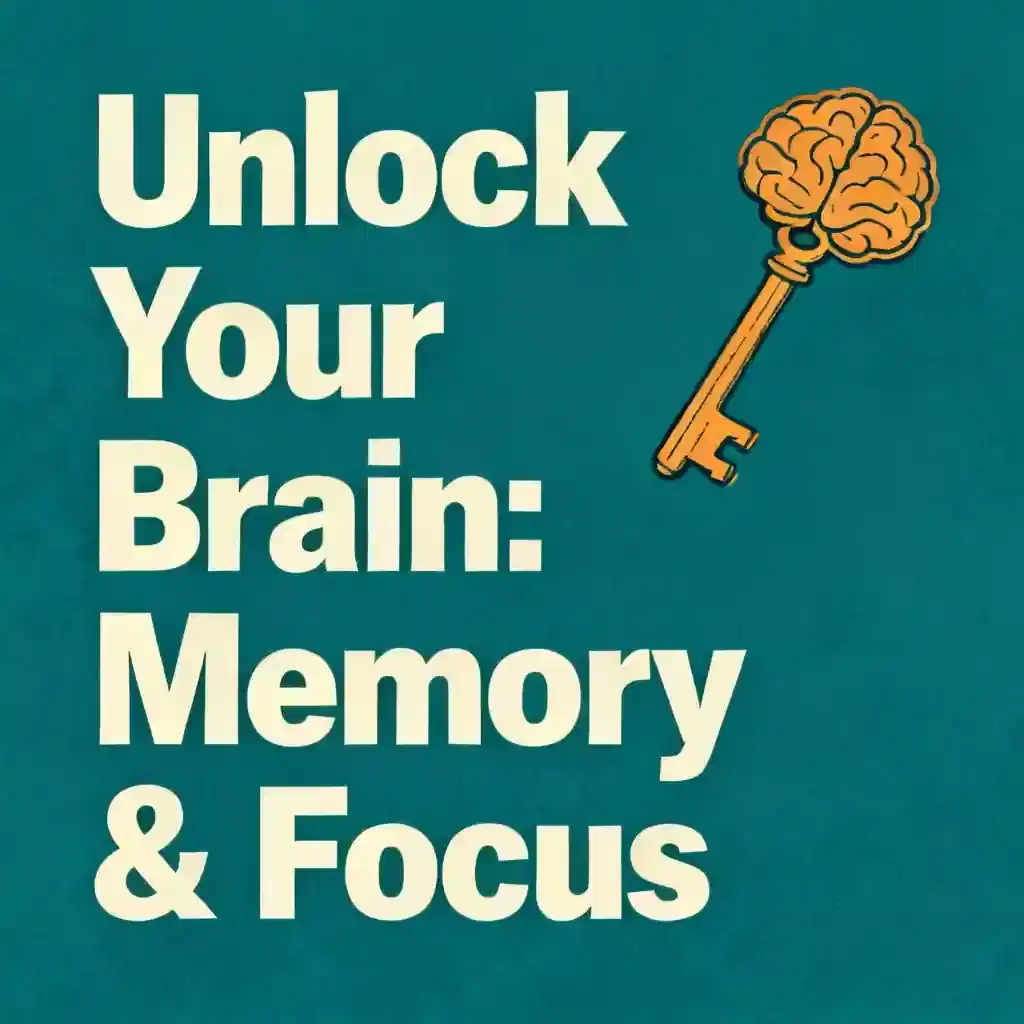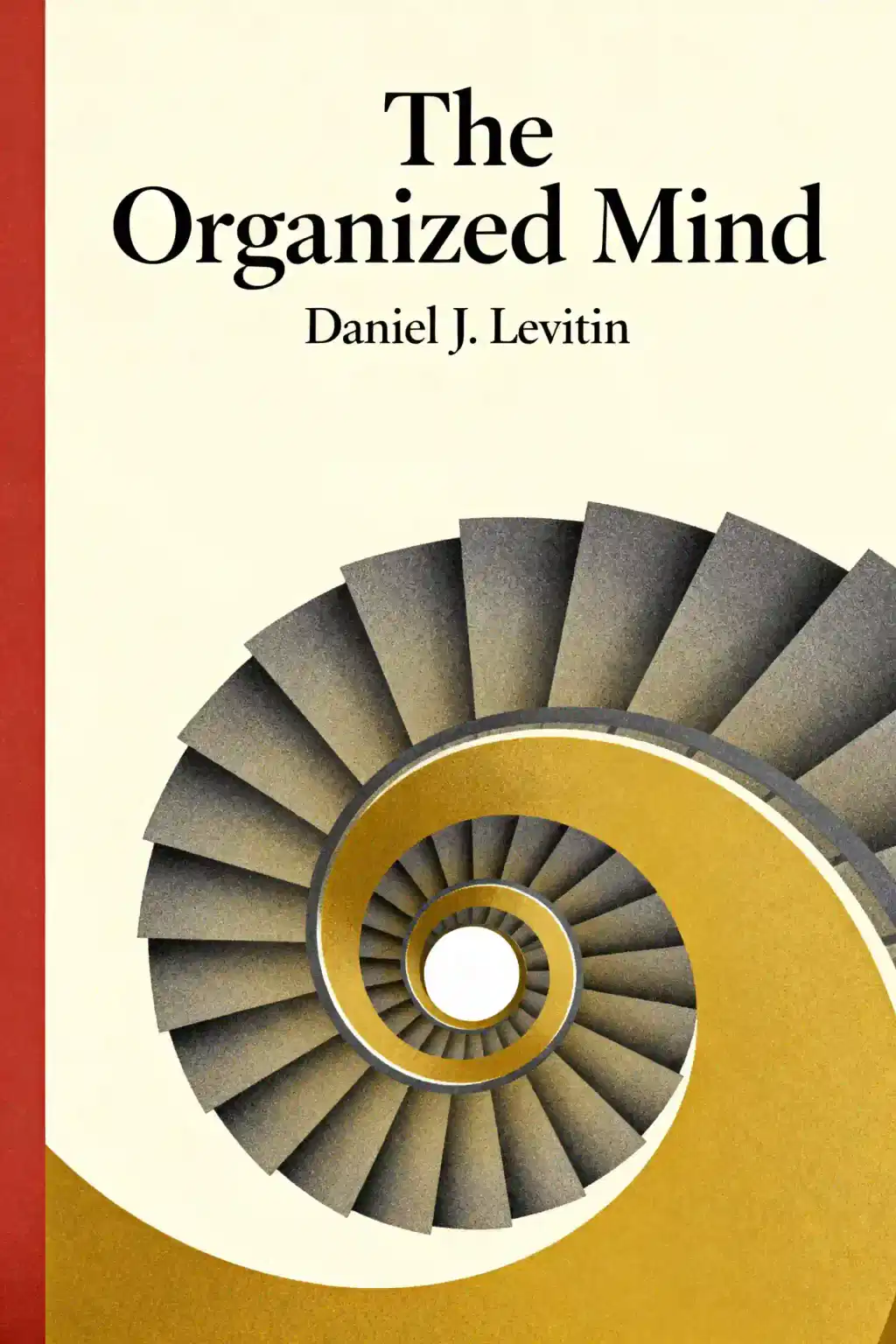What is "Neuromarketing" by Patrick Renvoise and Christophe Morin about?
"Neuromarketing" explores how to influence purchasing decisions by targeting the brain’s primal "old brain" through six stimuli and a four-step methodology. It combines neuroscience with practical marketing strategies to craft messages that trigger instinctive buying responses, addressing customer concerns, unique value propositions, and emotional engagement.
Who should read "Neuromarketing"?
The book is ideal for marketers, sales professionals, and anyone interested in persuasion psychology. It offers actionable steps for crafting effective campaigns, making it valuable for entrepreneurs, advertisers, and individuals seeking to understand decision-making science.
Is "Neuromarketing" worth reading?
Yes, it provides a science-backed, actionable framework for improving sales and marketing outcomes. While light on academic citations, its practical techniques—like the NeuroMap® model—are endorsed for real-world applications in closing deals and enhancing messaging.
What are the six stimuli that influence the old brain according to "Neuromarketing"?
The old brain responds to self-centered messaging, contrast (before/after), tangible input, memorable beginnings/endings, visuals, and emotion. These stimuli trigger instinctive decisions by addressing survival, safety, and immediate gains.
What is the four-step methodology in "Neuromarketing"?
The steps include diagnosing the customer’s pain point, differentiating your claim, demonstrating concrete gains, and delivering the message using old brain-aligned tactics like contrast and visuals.
How does "Neuromarketing" suggest handling customer objections?
Address objections directly by reframing them as misunderstandings, then reinforce credibility with third-party validation, testimonials, or data. This approach reduces resistance by appealing to the old brain’s preference for simplicity.
What are impact boosters in "Neuromarketing"?
Impact boosters include storytelling, metaphors, social proof, and sensory language. These techniques enhance message retention by creating emotional resonance and credibility, ensuring the old brain prioritizes the information.
How does "Neuromarketing" apply to job interviews?
Interviewees should frame their value using the six stimuli, emphasizing tangible outcomes (e.g., "I increased sales by 30%") and contrast (e.g., past struggles vs. future solutions) to trigger the interviewer’s primal decision-making.
What role does emotion play in "Neuromarketing"?
Emotion acts as a catalyst for the old brain, making messages memorable and actionable. Techniques like vivid storytelling or fear of loss tap into primal instincts, driving faster decisions.
How does "Neuromarketing" compare to traditional marketing approaches?
Unlike traditional methods focusing on logic, neuromarketing targets subconscious drivers of behavior. It prioritizes brevity, contrast, and sensory input over feature lists, aligning with how the brain naturally processes information.
What criticisms exist about "Neuromarketing"?
Some note the book lacks extensive neuroscientific citations, leaning more on practical frameworks than experimental data. However, its actionable strategies are praised for their effectiveness in real-world marketing.
What is the NeuroMap model mentioned in "Neuromarketing"?
NeuroMap® is a persuasion framework based on Nobel-winning research, structuring messages to align with the primal brain’s decision triggers. It simplifies complex ideas into steps like diagnosing pain and demonstrating gain, widely used by firms like Microsoft and Airbus.


















